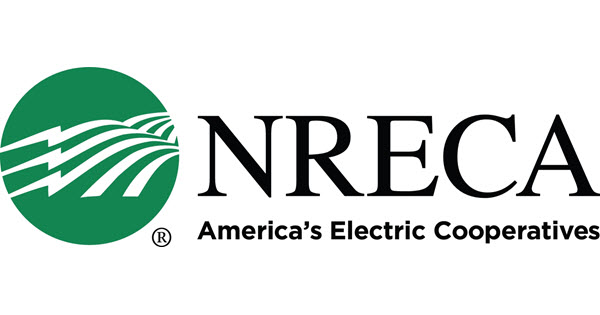Dawson Public Power District is a member of the National Rural Electric Cooperative Association. NRECA works on the behalf of Dawson PPD and other electric providers to advocate for customers. They carry out this work by talking to government officials, members of congress and raising public awareness. The following are a list of NRECA policies supported by Dawson PPD.
A complete listing of NRECA’s policies are available here.
Where we stand
As our nation increasingly relies on electricity to power the economy, keeping the lights on has never been more important. Public power districts and electric cooperatives are committed to powering and empowering local communities at a cost families and businesses can afford.
Policymakers must approach national energy policy with affordability and reliability at the core while also balancing aspiration with reality. They also must recognize the need for time, technology development and new transmission infrastructure before taking our nation down an energy path that prioritizes speed over practicality. NRECA supports efforts to maintain a diverse supply of always available energy technologies that are essential to keeping the lights on.

On the changing energy landscape
The changing energy landscape requires time and technology beyond what is available today. It must be inclusive of all energy sources to maintain the reliable and affordable flow of power that is the cornerstone of the American economy. As a nation, we are trending toward a future that depends on electricity to power more of the economy. Recent modeling by the Electric Power Research Institute concluded that achieving net-zero economy-wide emissions by 2050 could require generation capacity to increase by as much as 480% compared to what is in place today. This increased demand must be accounted for as we plan to meet tomorrow’s energy needs.
“Disorderly” retirement of existing generation
According to the North American Electric Reliability Corp., a not-for-profit entity with regulatory authority over reliability and security of the grid, the “disorderly” retirement of existing generating assets is directly impacting reliability. In the 15 U.S. states covered by the Midcontinent Independent System Operator, the number of warnings issued when electric supply is at risk of not meeting demand quadrupled from 2020 to 2021.
Permitting challenges
The current permitting process required to build, site and maintain electric generation and transmission infrastructure is outdated and a significant impediment to meeting tomorrow’s energy needs. Electrifying other sectors of the economy could require a threefold expansion of the transmission grid by 2050, according to the National Academies of Sciences. Just one new transmission project can take up to 10 years to complete due to regulatory hurdles.
Supply chain
Supply chain delays are contributing to an unprecedented shortage of the basic machinery and grid components essential to ensuring continued reliability of the electric system. Prior to 2021, it took an average of 70 days for an electric co-op to receive a distribution transformer after placing an order. The same order today takes an average of 340 days to fulfill—nearly five times as long. These components play a key role in keeping the lights on.
OTHER NEWS
Dawson PPD plans substation work
Two rural Dawson Public Power District substations will be getting upgrades after the 2024 irrigation season. Sub 26, located southwest of Gothenburg, will be upgraded as part of a voltage conversion. Sub 35, located northeast of Gothenburg, is being improved to...
Dawson PPD’s board considers contract, load growth
Dawson Public Power District’s regular board meeting was held on July 3, 2024. Darin Bloomquist, General Manager of the Nebraska Electric Generation & Transmission Cooperative, gave an update on the organization’s work....
A day in the life of a consumer accounting representative
Have you ever wondered what happens behind the scenes when you call or visit Dawson PPD headquarters? Consumer Accounting Representatives (CARs) wear many hats, juggling multiple tasks throughout the day to keep things running smoothly.


